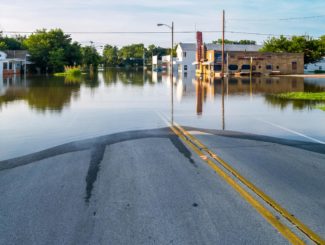Last week I tuned into PHMSA’s joint Gas Pipeline Advisory Committee (GPAC) and Liquid Pipeline Advisory Committee (LPAC) meeting. PHMSA leadership and PAC members updated the industry on new priorities and expectations. Throughout the two days of presentations, four things immediately jumped out to me.
1. How do new regulatory priorities affect your business?
It’s been more than a year since the last PAC meetings and the issuance of regulations has been on pause. With changes in the administration, PHMSA leadership, and the new PIPES Act of 2020 law, priorities have been revised. Being prepared for upcoming regulations is the best business decision operators can make.
2. What should you include in your O&M Manual to address ADB 2021-01?
PHMSA considers some sections of the PIPES Act to be self-executing provisions. However, they issued the Advisory Bulletin 2021-01 earlier this year to remind operators to include updates to their procedural manuals on how they plan to eliminate hazardous leaks and minimize natural gas releases. What manual revisions should you include by the December 27th, 2021, deadline?
3. How does the PIPES Act of 2020 affect PHMSA, future rules, and the industry?
Last December a 2,100 page appropriations bill was signed into law. That document included 34 pages of mandates to PHMSA and the industry. Decoding which sections apply and how they will affect operators can be a lengthy process.
4 . What changes will the proposed Standards Update Rule bring?
Published on January 15th, 2021, this rulemaking proposes to update more than 25% of PHMSA’s Incorporated by Reference industry standards. Adoption of these more recent specifications can help bring up to date operators, their suppliers, and regulatory bodies with the latest technologies and best practices.

